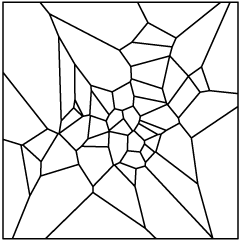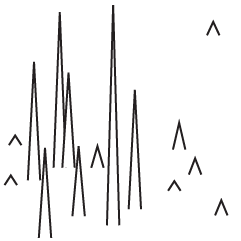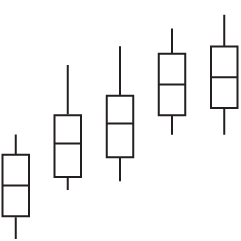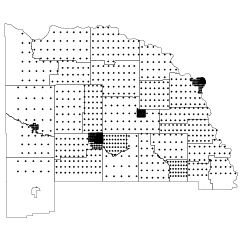Beñat Arregi made a series of Airbnb maps with a simple premise. If you look at the average ratings for the location of listings in an area, you’ll see how the area is perceived by visitors. And that’s what he got.
-
Here’s a fun calculation from The Upshot.
The Labor Department keeps detailed and at times delightfully odd records on the skills and tasks required for each job. Some of them are physical: trunk strength, speed of limb movement, the ability to stay upright. Others are more knowledge-based: economics and accounting, physics, programming. Together, they capture the essence of what makes a job distinctive.
We’ve used these records to determine what each job’s polar opposite would be.
Type in your job, and you see what skills are typically used in yours and your opposite’s. So in case you’re looking for something really different in your work life, here’s about as different as you can go.
-
If you’re a parent, you’ll relate to this right away. The wife of reddit user jitney86 tracked when their infant slept and ate from 3 to 17 months. It’s a lot of noise and randomness in the beginning, and then hallelujah the schedule starts to converge to something predictable.
Read More -
How to Make a State Grid Map in R
Something of a cross between a reference table and a map, the state grid provides equal space to each state and a semblance of the country to quickly pick out individual states.
-
I have no idea how projection mapping works, so it kind of feels like magic to me. I like it. This work projects onto a martial artist, making him bigger than life.
-
Travel to different parts of the country, and you hear different types of music on replay. Josh Katz for The Upshot mapped the regionality based on the popularity of artists on YouTube.
Of the artists on the Billboard Top 100 this spring, we looked at the 50 that were most watched on YouTube in the United States between January 2016 and April 2017. Each map shows relative popularity in different parts of the country. If one part of a map is lighter, it doesn’t mean people there weren’t watching the artist’s videos; it just means fans were more likely to listen to a variety of other artists.
Nice touch at the beginning: Enter a city or ZIP to listen to the corresponding area’s playlist of popular music as you browse.
See also Katz’s maps from last year for popular television.
-
We’ve seen faces as map projections before, but this is 63 projections on one page. Plus, you can click and drag to change the center points to see how different parts of the face change.
-
In a test flight, Boeing took the thing where you draw using your GPS path to a whole different level. They drew the outline of a plane that spanned the latitude of the conterminous United States.
-
-
From Rod Bogart, a Voronoi diagram of people sitting in Bryant Park. It’s a self-optimizing system to maximize sitting space.
-
What percentage of a waiter and waitress’s income comes from tips and what comes from salary? The calculation isn’t straightforward but we can try.
-
Using data from the Freight Analysis Framework, Chris Canipe for Axios mapped the flow of goods between states. Select a category of goods from the dropdown, and the map shows total kilotons of the selected goods shipped out of each state through freight. Thicker arrows represent more kilotons.
-
I feel like the large-volume coverage of the upcoming eclipse doesn’t quite match actual interest. I keep seeing graphics, but haven’t heard a peep in real life. But maybe that’s because I don’t live in the path. This map shows the Google search trends for eclipse, which matches the path of the full eclipse. [via @jscarto]
-
Newer Roomba vacuums form a map of your house to more efficiently clean areas. The company plans to sell the data, per Rhett Jones for Gizmodo:
The Roomba is generally regarded as a cute little robot friend that no one but dogs would consider to be a potential menace. But for the last couple of years, the robovacs have been quietly mapping homes to maximize efficiency. Now, the device’s makers plan to sell that data to smart home device manufacturers, turning the friendly robot into a creeping, creepy little spy.
This sounds not good.
But does the general public care? I don’t think they do. It seems like they don’t.
-
If you’re a FlowingData member, you can now access the new forum where I’ll hold “office hours”. Ask questions, offer suggestions, or get input about visualization and data things. I’ll be popping in twice a week on Mondays and Wednesdays.
I have no idea how this will go, but I’m interested for two reasons.
The first is that there hasn’t been a good place for you to ask questions outside specific tutorials, so the only route is email. There are often repeat questions, and because most questions come from email, there’s no way for you to see existing answers. If there’s already an answer, it’d be nice if you could see it.
The second reason is that there’s more to visualization that you’re probably curious about than what I have in tutorials and courses. I hope this can be a good place to poke at those curiosities.
Like I said though, I don’t know how this’ll go. I hope well.
So yeah, Mondays and Wednesdays. I’ll be around. Feel free to post any questions or suggestions whenever you like though.
Not a member yet? I’d love your support. You can subscribe here.
-
-
In case you didn’t hear, a solar eclipse is on the way that will be visible on August 21. The total solar eclipse will be visible along a path across the country. The Washington Post, continuing their coverage of the topic, shows the path from above using satellite imagery.
See also: every total solar eclipse ever.
-
Climate scientist James Hansen and team looked at summer temperatures over several decades. The New York Times charted the increases.
To create the bell curves, Dr. Hansen and two colleagues compared actual summer temperatures for each decade since the 1980s to a fixed baseline average. During the base period, 1951 to 1980, about a third of local summer temperatures across the Northern Hemisphere were in what they called a “near average” or normal range. A third were considered cold; a third were hot.
Since then, summer temperatures have shifted drastically, the researchers found. Between 2005 and 2015, two-thirds of values were in the hot category, and nearly 15 percent were in a new category: extremely hot.
-
Since forever, we’ve tried to make jobs easier. More automated. In many cases, where a machine replaced a job, new jobs were created. Kurzgesagt explains why it’s different this time around.
-
The Urban Institute estimated how many people in each state gained health insurance through the Affordable Care Act. Now they might lose it. The New York Times reports.
Oof.



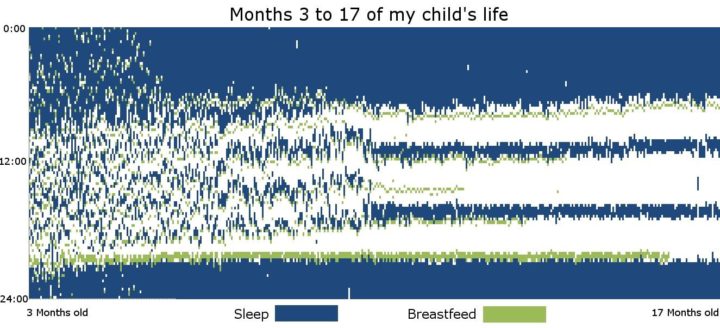
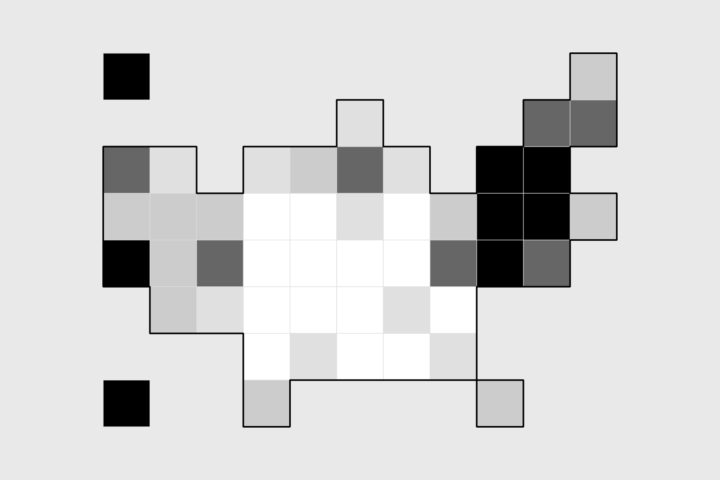
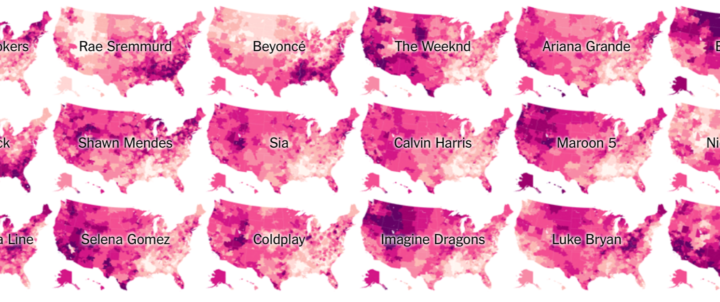
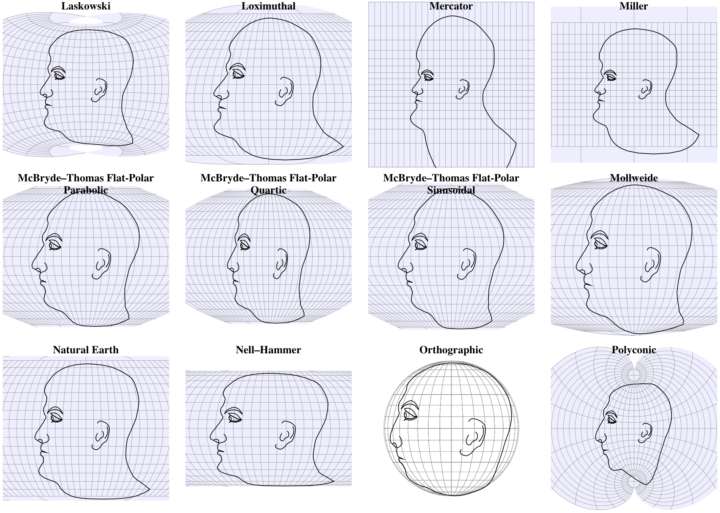


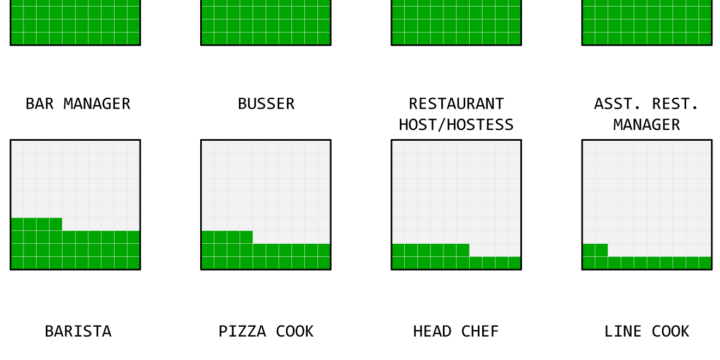
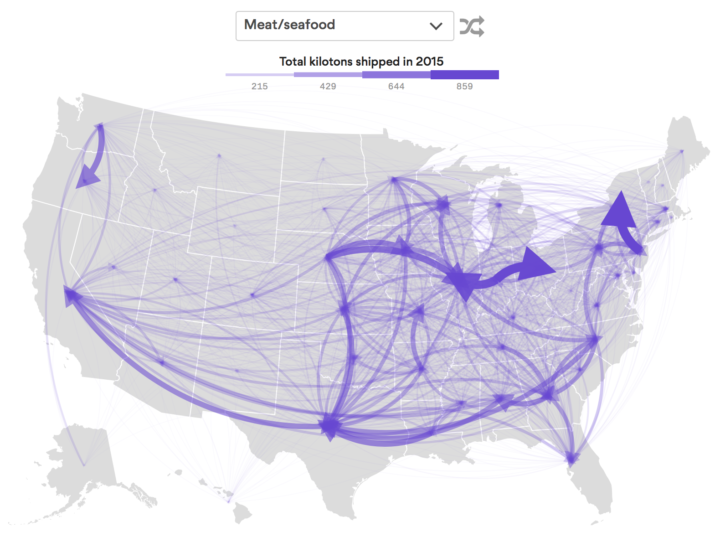
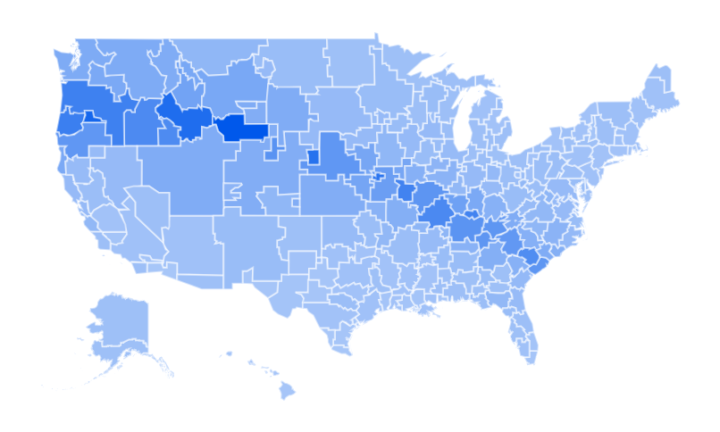
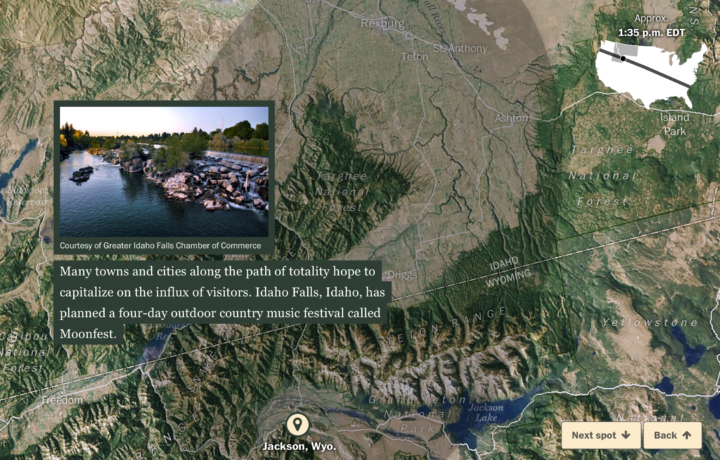
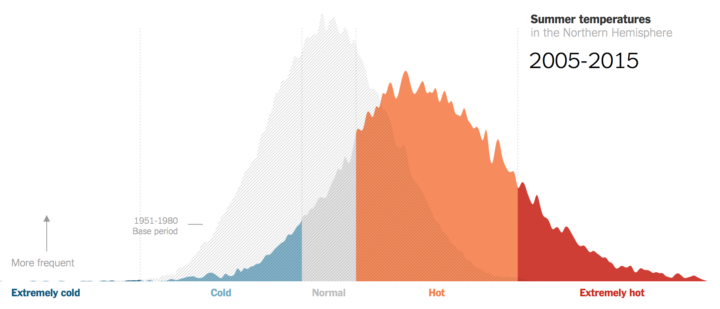
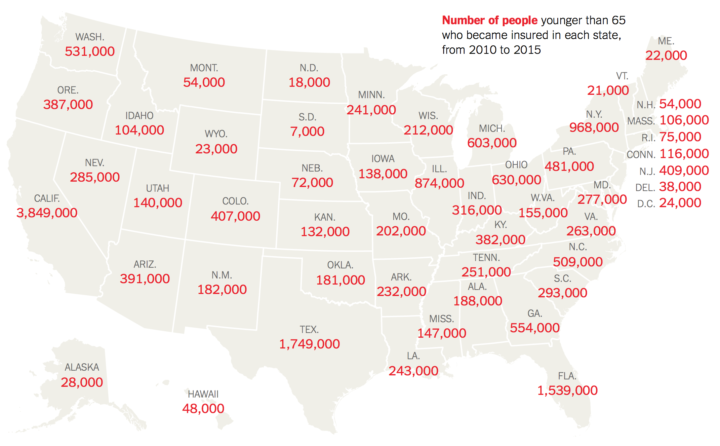
 Visualize This: The FlowingData Guide to Design, Visualization, and Statistics (2nd Edition)
Visualize This: The FlowingData Guide to Design, Visualization, and Statistics (2nd Edition)
